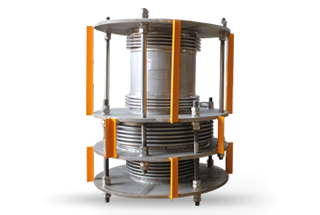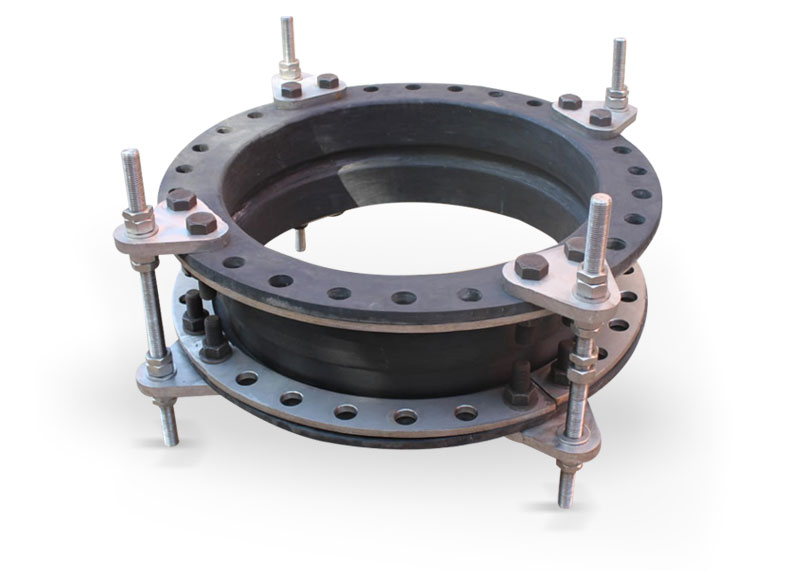The easiest method to describe flexible bellows and how they function is as follows: Expansion joints, sometimes referred to as flexible bellows, are pliable components that absorb pipe system vibrations. Axial, lateral, angular, and universal movements are the characteristics of the movements they absorb. One of these movements or a mixture of these movements can be absorbed by the Flexible Bellows.
Flexatherm designs and manufactures flexible bellows in all sorts and sizes, ranging from DN 25 to DN 12000. You can view our product line here: Adaptable Bellows range
Axial movement
The Flexible Bellows moves axially when it moves in the direction of the longitudinal axis. This action can be either extended, in which the bellows lengthens, or compressive, in which it shortens. The Flexible Bellows is considered essential in most applications due to the pipe system’s rising temperature. The expansion joint is positioned between two anchors, or fix points, in pipe systems. The compression of the bellows compensates for the pipe’s extension. In certain situations, usually in cryogenic and chilled water services, the pipe system contracts while in use, resulting in the lengthening of the expansion joint. The fitted expansion joints are compressed axially as a result of the pipe system’s thermal expansion.
Lateral movement
Lateral movement occurs when the bellows shear with one end offset from the other, usually while the ends stay parallel to one another. It is defined as movement perpendicular to the bellow’s longitudinal axis. With a shearing action, a single bellow expansion joint can only accommodate a small amount of lateral movement, particularly when the system’s flow characteristics necessitate the use of an inner sleeve. A dual bellows design with an intermediate pipe in between the bellows is typically used for more lateral movement capacity. An angular rotation of the bellows in opposite directions absorbs the flexible bellows’ lateral movement.
Angular movement
The rotation of the longitudinal axis of the bellow at one end in relation to the other is known as angular movement; the axis of rotation is taken at precisely the middle of the bellow and perpendicular to the longitudinal axis. Almost always employed in pairs, flexible bellows that use angular movement to manage pipe system expansion can also be used in sets of two or three in pinned constrained flexible bellows, or even as part of a twin bellows unit. A significant amount of movement can be absorbed by the clever use of the Bellows’ angular capacity. Specifically, pinned units in 2-pin or 3-pin configurations can control expansion from two directions and in two planes and transform pipe growth into angular rotation.
Torsion and angular rotation should not be confused. A twisting rotating movement along the longitudinal axis is called torsion; it creates undesired shear stresses inside the bellows and should never be allowed to affect it. Please consult the torsion section.
Universal movement
It is possible to design and construct universal flexible bellows, also referred to as universal expansion joints, to simultaneously absorb applied axial, lateral, and rotational movements. In order to absorb large quantities of combined movements, such units typically need a great deal of flexibility. However, because of concerns about the integrity of the bellows, this frequently results in a restricted capability to retain pressure.
Important to know about flexible bellows and movements
The designer of flexible bellows must be well-versed in both the operation of flexible bellows and all of the movements that the expansion joint will experience. The proper design of the expansion joints requires knowledge of the amount of movement, its direction, and any combination of axial, lateral, and angular movements occurring simultaneously. Learn more about Flexatherm’s engineering and design of expansion joints and flexible bellows quality control.

